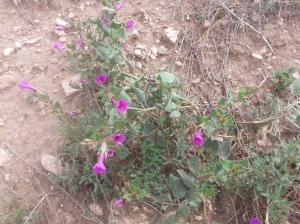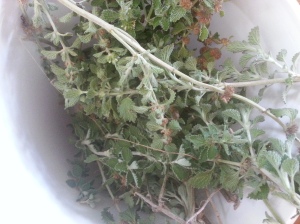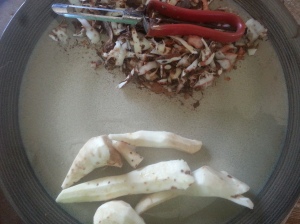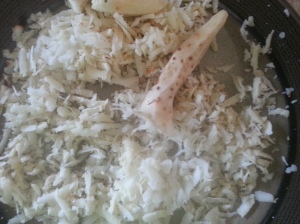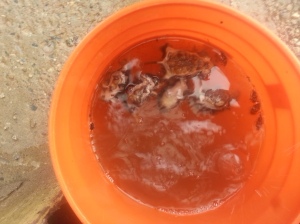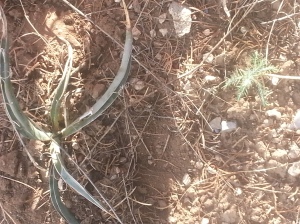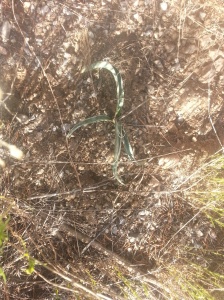Crazy enough, in the midst of our scandalous Presidential election, we have managed to get up to Defcon 3 in a battle of wills with Russia. Our Defcon (defense readiness condition) system is more or less as follows:
5: normal readiness.
4: increased intel and strengthened security measures.
3: Air Force ready to mobilize in 15 minutes.
2: next step to nuclear war, in less than 6 hours.
1: nuclear war imminent.
We rarely get up to Defcon 3, that is serious, and could run up to nuclear war very quickly.
I am not prepared.
I am more or less prepared for another global economic collapse. Nuclear war is an entirely different problem.
I assessed my risk and have taken steps to soften the downside of living near nuclear targets. I looked at projection maps both for possible targets and wind patterns.
Better than expected, I am a few miles outside the zone where only 25 percent of people are expected to die in the initial blast, and I would have a few minutes to get to shelter. My shelter must be very close, though.
I would need to stay in the shelter for 3 days minimum to more appropriate 2 weeks. Then I can make quick trips out but should continue to sleep in the shelter.
Shelters cost a large amount of money and we are already at Defcon 3. In reviewing tinier emergency shelters, I realized that 2 of my adjacent raised beds meet some basic shelter requirements. The floor is concrete, keeping moisture and wildlife out. Each side is 15 feet long, with 2 feet of soil and 16 inches of concrete and gravel (in process). It is only 24 inches tall, 4 feet would be more comfortable. Still more comfortable than dying on the first day or two of a nuclear war… I will deal with it.
It needs a top. I have 4x4s, 2x4s, plywood, and gravel for the top. Chimney for an air vent. The entire space is 4 ft wide by 2 ft tall by 16.5 feet long. Enough for bare survival for one old woman and a 10 pound dog.
Today I started filling the concrete blocks with gravel, and managed 1 1/2 of the 15 foot lengths. I knew I could not finish this in 30 minutes! I also filled 9 one gallon pots to set aside for the ends. More to come.
Side benefit, I planned to fill the blocks with gravel for the raised beds anyway, so this is something I worth doing. I looked at raising the sides, but this is not a permanent structure and beyond an emergency, I will not keep it.
My partially underground cabin would be a better solution one day… but today is not that day.
Back to work tomorrow, I hope to finish filling the four 15 foot lengths. Then a wood support for a gravel covered roof. It will need a tarp to stay dry inside. I plan to bag the gravel on the roof to make it easier to remove later.
For food and water, I have 20 gallons of bottled water and various canned foods, jerky, nuts, crackers, etc. Basic things that can be eaten without heating.
Sigh, I have never had to prepare for a possible nuclear strike… and could seriously live without it and surviving a couple weeks to come out to major devastation, just is not my idea I found a good time. Lying in a hole for a couple weeks is not funny.
Dead even less so. If you are potentially at risk, please take care of yourself.
In my review of these things, I saw research being done on the possibility of creating a 3 to 10 year nuclear winter to offset global warming (side effect would be a massive decrease in population from crop failures and initial death). Considering 100-200 nuclear bombs designed to max firestorns. Hunh. I wish I had never read the Georgia Guidestones.


